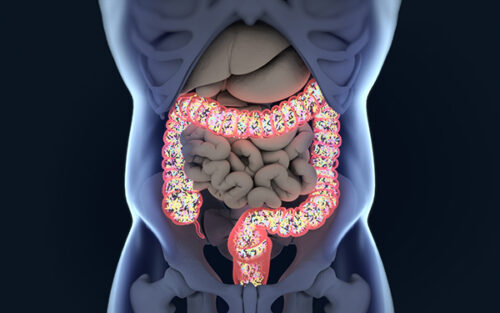The 2015 Dietary Guidelines Are Intended to Confuse the Public and the Press
 The U.S. Department of Health and Human Services (HHS) and the U.S. Department of Agriculture (USDA) jointly publish the Dietary Guidelines for Americans (DGA) every five years (since 1980). The guidelines affect food labels; medical research grants; school lunch menus, which feed more than 30 million children each school day; the Nutrition Program for Women, Infants and Children (WIC), which informs the diets of eight million people; and most other public nutrition programs and nutritional decisions. Thus the Guidelines play a major role in determining the foods America produces, buys, and eats, as well as influences the rest of the world.
The U.S. Department of Health and Human Services (HHS) and the U.S. Department of Agriculture (USDA) jointly publish the Dietary Guidelines for Americans (DGA) every five years (since 1980). The guidelines affect food labels; medical research grants; school lunch menus, which feed more than 30 million children each school day; the Nutrition Program for Women, Infants and Children (WIC), which informs the diets of eight million people; and most other public nutrition programs and nutritional decisions. Thus the Guidelines play a major role in determining the foods America produces, buys, and eats, as well as influences the rest of the world.
Unfortunately, the USDA in particular is also compelled to enhance the welfare of “agribusinesses” (the producers of meat, poultry, dairy, egg, fish, and more). One of the most effective methods used to protect industries’ financial interests, over the health of the public, has been to produce a difficult-to-read, contradictory, biased, confusing, and intellectually dishonest document: the 2015 – 2020 Dietary Guidelines for Americans (eight edition).
Recommended Articles

Breast Cancer Treatments: Barbaric and Brutal

How to Achieve and Maintain a Healthy Gut Microbiome






